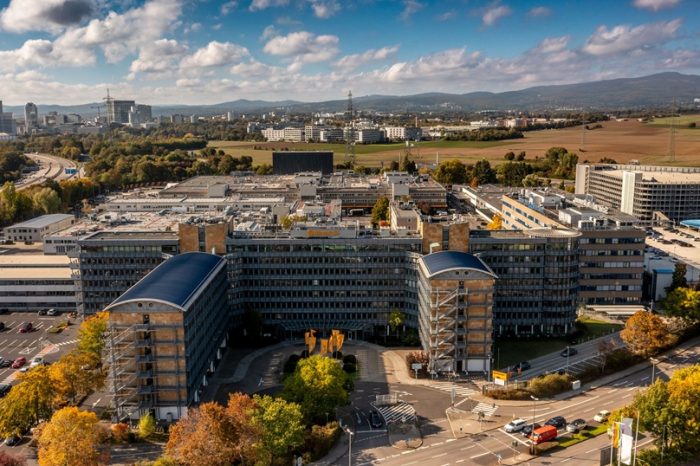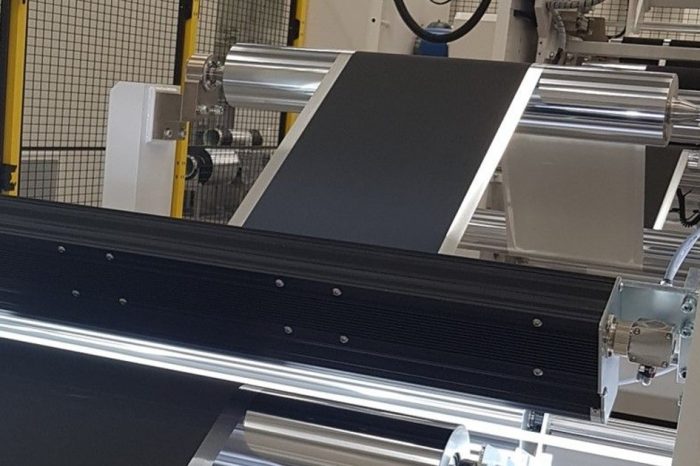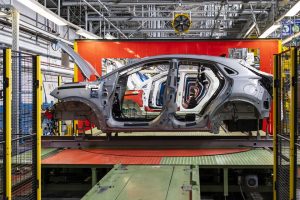PwC: New vehicle sales will increase slightly this year in Romania, and production will advance by 8.5 percent

Car sales in Romania will end 2024 with an increase of 1.7 percent compared to last year, according to the PwC Autofacts report conducted on five markets in Central Europe.
“After a weak performance in the first quarter, including on the back of reduced facilities for the purchase of green vehicles, the full-year estimate was expected to show a slight increase in car sales. Signs of market recovery appeared in April, when an increase of over 34 percent was recorded, but it should be noted that this month coincided with the end of the first session of the Rabla Plus program. The good news for the automotive sector is that production is on a positive trend, especially in the segment of light commercial vehicles”, said Daniel Anghel, Partner and Leader of the automotive industry PwC Romania.
Despite the 10.2 percent decrease in car sales in the first quarter of 2024 compared to the same period in 2023, this is the second consecutive quarter in which the threshold of 30,000 units sold has been exceeded, according to PwC. Dacia remains the best-selling brand. Tesla doubled its sales in the same period and climbed 11 places to enter the top 10.
The first quarter of this year was very good for car production in Romania, which increased by 7 percent, recording the second consecutive quarter of growth. For the full year, output is expected to rise 8.5 percent, driven by LCV. In the case of passenger cars, production is forecast to decrease by 7.1 percent.
At the level of the five analysed countries, cumulative sales should increase by 4.6 percent this year, with all markets having a positive trajectory, with Hungary to register the biggest jump, of 8.7 percent compared to 2023.
In contrast, the production of light vehicles in these markets will decrease by 0.8 percent in 2024 compared to 2023. The evolution will be a result of the 4 percent reduction of the passenger car segment, despite the forecasted growth of the light commercial vehicle market (+35, 0 percent). At the country level, the Czech Republic and Slovakia, the biggest manufacturing markets of the five, will see their production levels fall by 1.6 percent and 3.5 percent respectively.
The production of electric vehicles in the analysed Central European countries continues to grow, estimated to increase by 15.6 percent in 2024 compared to 2023, while a huge advance of 208.4 percent is expected by 2030. In 2024, BEV (Battery Electric Vehicle) performance is expected to be the weakest (-2.3 percent), while PHEV – Plug-in Hybrid (+24.0 percent) and FHEV – Full Hybrid (+27 .9 percent) compensates for the loss. At the country level, BEVs will continue to be the most popular type of series electrified propulsion for four of the five markets (except Romania) starting in 2027.
The markets analyzed in this report are Romania, Poland, the Czech Republic, Hungary and Slovakia.



















